By Summer Grace and Halle Newman
A national conversation, fueled by the #MeToo movement, has vaulted women’s rights and sexual harassment in the workplace to the forefront of the American culture wars. #MeToo is a social media hashtag encouraging victims of sexual harassment to stand in solidarity with each other and expose the magnitude of the problem. Sexual harassment allegations against movie moguls and political leaders are prompting Americans to examine the sexist systems of power they live in and how such behavior is perpetuated.
Is this movement a passing trend? Or is #MeToo the beginning of real change for American women? And what are the experiences of Burlington High School (BHS) students in terms of sexual harassment and social activism?
“I don’t think that it’s an issue at Burlington High School,” Fatuma Mohamed, a BHS freshman said. “I haven’t seen anything like that at this school.”
However, a survey sent out by the Register reports that 1 in 5 respondents said they were sexually harassed on school grounds.
“It happened to me,” Dobian said. “I don’t even know him. I don’t even know his name. He [told] me something and I really [got] upset about it and I [told] him that if he did that next time I will slap him.”
Dobian did not report this verbal harassment to an adult in the building, and according to the Register’s survey, most students don’t. 89% of the 166 survey respondents who said they have experienced or are unsure if they had experienced sexual harassment on school grounds did not report it.
Part of the issue with identifying and reporting sexual harassment is the spectrum of experiences it encompasses. The BHS Register’s survey asked respondents to define the range of actions deemed sexual harassment.
“Sexual harassment is an ambiguous concept,” Alex Contreras-Montesano, a BHS junior, said. “But as long as someone is uncomfortable in that moment, it could be classified as [sexual harassment].”
For many students interviewed, the level of discomfort for the victim is the only way to determine if sexual harassment occurred.
“I feel like [sexual harassment] is a personally based definition,” Zanevia Wilcox, a BHS junior, said. “Only you can truly tell if you are if you are uncomfortable.”
The BHS student handbook defines sexual harassment differently than most students. The definition reads, “ Conduct that includes unwelcome sexual advances, requests for sexual favors and other verbal, written, visual or physical conduct of a sexual nature” is sexual harassment. The question of who determines what verbal, written, visual or physical conduct is sexual harassment is at the heart of the cultural conflict.
“You have 53 percent of people who think [inappropriate jokes are sexual harassment] and 47 percent of people who think it’s not,” Isaac Jenemann, a BHS junior, said, referring to statistics from the survey. “If those 47 percent of people are going around making inappropriate jokes, then you have 53 percent of people hearing those jokes and thinking, ‘I was sexually harassed.’”
Yet, for Ophelia Keefe, a BHS junior, sexual harassment doesn’t have as ambiguous of a definition. Although identifying sexual harassment can be personal, Keefe believes there is a universal standard of feeling comfortable in a situation.
“If you’re uncomfortable, you’re uncomfortable,” Keefe said.

Tammie Ledoux, a BHS English teacher, says that bringing the conversation into the classroom is important because it helps students to understand what sexual harassment means, and helps to re-establish boundaries for behavior. Ledoux has found that talking about it has helped students to understand the severity of the issue as well, and to help them feel comfortable talking about it.
“Being able to identify when [sexual harassment is] happening to you and then knowing what to do about it to protect yourself and other people is not a skill that most people are born with,” Tammie Ledoux, a BHS English teacher, said. “It’s not an issue that we have an internal compass that tells us how to navigate. The only way that we can get people to recognize that it’s going on is talk about the fact that it exists.”
Ledoux says that discussions about this topic serve as a preventative measure.
“It’s much better to have conversations about things preemptively before they happen then to react to them after they do,” Ledoux said.
Ledoux requires her students to read Thirteen Reasons Why by Jay Asher. The novel deals with issues ranging from sexual harassment to teen suicide. Her classes focus on a scene in the book in which Hannah Baker, the main character, is “felt up” by a stranger in a candy store.
“I talked about [how] this is considered sexual harassment and some of the kids were like, ‘well that’s not a big deal, ’” Ledoux said.
Her students grapple with the complexity of defining sexual harassment, the intense discomfort of students who share similar experiences as Hannah Baker feel, and the impacts of these kinds of experiences in daily life.
“After we had talked about some of the incidents that Hannah Baker experienced in the book, [a student] asked me if she could speak to me after class and shared with me an incident that happened here at the school,” Ledoux said.
Ledoux reported the incident to administration with the student, and supported her through a prosecution process.
“I was pleased that she felt comfortable after the conversations the book brought up to come to me and share [her] story with me.”
BHS Junior Gabby Boera expressed concern about having conversations in classrooms around sexual harassment.
“It’s a touchy subject. Part of me thinks it would be kind of weird to have it as a required curriculum just because if someone was a victim of that, it could be sensitive for them,” Boera said. “Also, it’s high school; not [everyone] can take it seriously.”
Contrarily, Wilcox believes that this topic belongs in “normal” conversations around school, and should not just be confined to facilitated classroom discussions.
“Our school is really big on never really knowing when these conversations fit in,” Wilcox said. “Even in classrooms, I feel that we can talk about race and sexuality and things like that because those are perfect times where that conversation belongs. In my opinion, you can slip it in anywhere.”
Even with these types of conversations occurring in some classes, many students still feel like educating students about sexual harassment is not enough of a priority at BHS.
“We’re not serious enough about teaching people what’s okay and what’s across the line,” Genni Bogdanowicz, a BHS sophomore, said. “I feel like people don’t talk about it.”
Noel Green, Assistant Principal at BHS, feels that having a clear, agreed upon definition of sexual harassment is key.
“We have to do more in terms of defining what it is and what it isn’t,” Green said. “It’s a little concerning if [students] don’t know, and we as a community can do more work in terms of how people feel.”
For teachers, this is complex work. Part of defining harassment includes examining the cultural ideal of masculinity.
“We as a culture in America are raising young men in a very toxic way,” Andrew LeValley, a BHS English teacher said. “The idea of masculinity, especially in developing teenagers, is a very rigid idea. That idea of being masculine comes out in really damaging ways, damaging to others and damaging to the self.”
Contreras-Montesano says that just as there is toxicity for young men growing up, women are raised as inferiors.
“We teach women how not to be sexually harassed but we don’t teach men not to sexually harass,” Contreras-Montesano said. “People spend their lives thinking its okay to make someone else feel that way. [We have to] change the climate by getting people to realize: no, it’s not okay.”

BHS administrators Herbert Perez, Tracy Racicot, Mario Macias, and Noel Green are the designated employees to whom teachers and students can report sexual harassment; yet, BHS students appear to leave adults out of it.
“It might be even more meaningful for a guy who engaged in sexual harassment, for another guy [rather than a girl] to come up to them and [call him out],” Jackson Elder, a BHS Junior, said. “He already views himself as superior [to girls] because he’s doing the sexual harassment, but if another guy [confronted him] who he viewed as an equal, like a friend, he would be much more open.”
LeValley says intervening in these situations is vital; but is sympathetic to root causes that he believes cause sexual harassment to occur.
“High schoolers are trying to figure things out, figure themselves out, and as a result, they try on different masks, and I think sometimes those masks can be inappropriate,” LeValley said. “I do not expect malicious sexual harassment. I do expect students to be unsure of themselves, and as a result that comes out in inappropriate ways, but it sometimes stems from just being young and unsure and trying to be cool.”
Henri Sparks is the Director of Equity and Safe Inclusive Schools for the Burlington School District. Sparks said that this monumental issue is finally being dealt with after a long time of being suppressed by American culture. He too, says that the solution may begin with men.
“The #MeToo movement has opened up a lot of people’s eyes. In some instances men tend to be naive in thinking, ‘It’s not that big a problem.’ I firmly believe it’s a problem,” Sparks said. “It was a huge problem before the #MeToo movement; it’s just that society never took it seriously. Until men step up to the plate and say ‘We aren’t going to tolerate other men acting like that,’ nothing changes.”
Administrators understand sexual harassment is under-reported here at BHS and nationwide. They say the stigma around reporting may interfere with victims getting the help they need.
“There is no shame or judgment,” Green said. “We want to know so we can help … If you’ve been victimized in any way, we have someone that’s here for a couple hours a week to talk and provide resources.”
Once a student reports sexual harassment, a process unfolds to both investigate the matter and get students the support they need to move forward.
“If they don’t report, there is nothing the school can do,” Sparks said. “With reporting, what a school should communicate to a student is that the investigation is confidential. If you report sexual harassment the school should also inform you that if anybody is saying anything to you about this, threatening you, that is something the school has to investigate as a separate offense.”
Green does not see the #MeToo movement having an effect on BHS as a whole, but he does believe that it might be individually helping the de-stigmatization of sexual harassment, and could eventually increase reports to administration.
The national #MeToo movement has inspired organizations to take action. Raliance is a nonprofit that works to stop sexual violence and harassment by educating people across the country, including high school students. Raliance, along with Stop Street Harassment, another non-profit working to end sexual violence, conducted a survey in part with the University of California in late January of 2018. The results from the survey concluded that 81 percent of women and 43 percent of men over age 18 had experienced sexual harassment in their lifetime.
Julie Patrick, an employee of this organization believes that high school students are in a great position to make change. Students can practice every day consent, take action when they witness sexual harassment, and demand their school conduct a climate investigation.
“Schools have a lot of power to change culture,” Patrick said. “It’s about creating norms where interpersonal norms and harassment aren’t acceptable and everyone is expected to do their part to keep everyone safe.
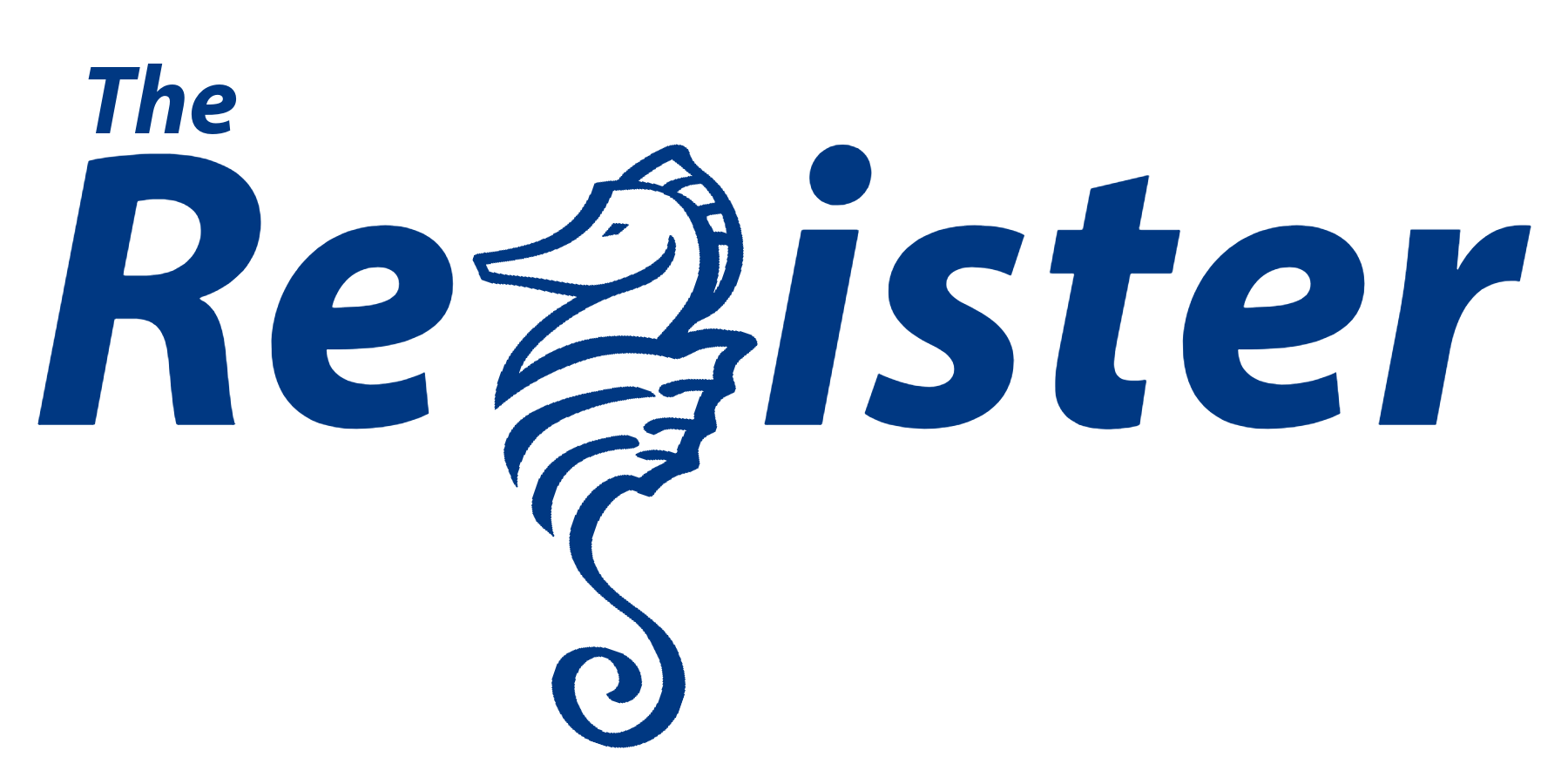
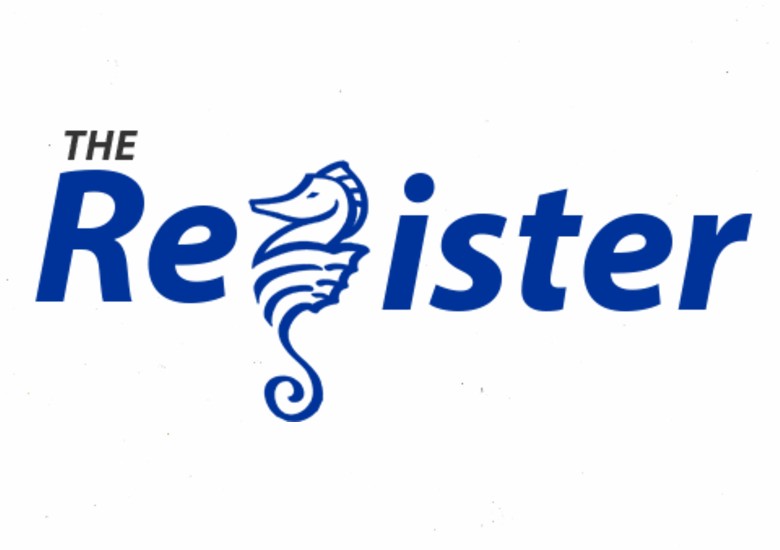

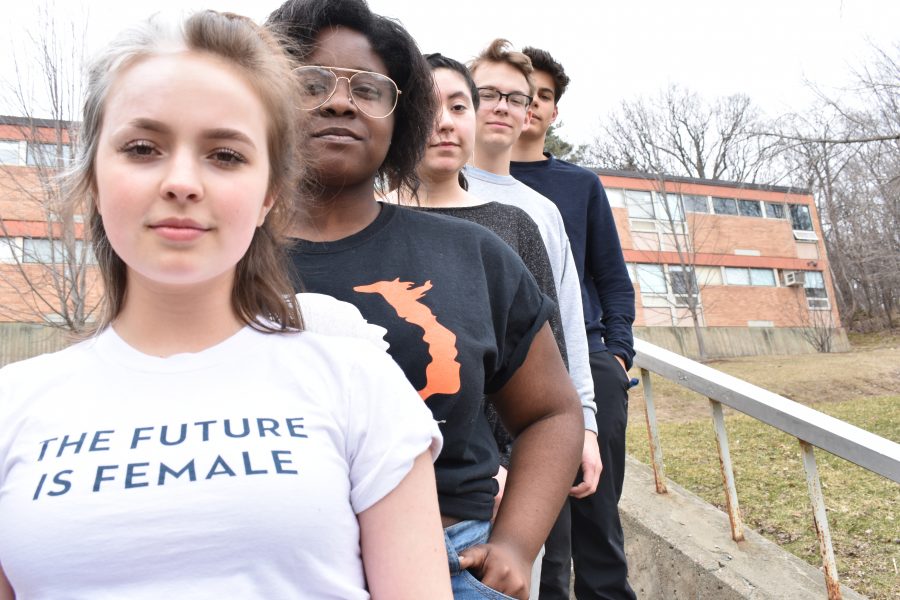

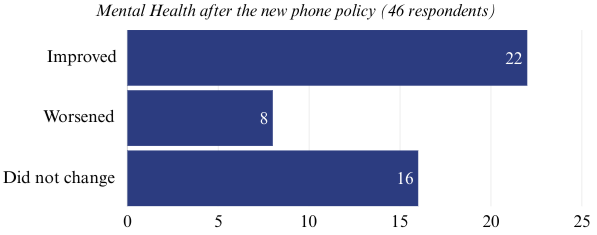
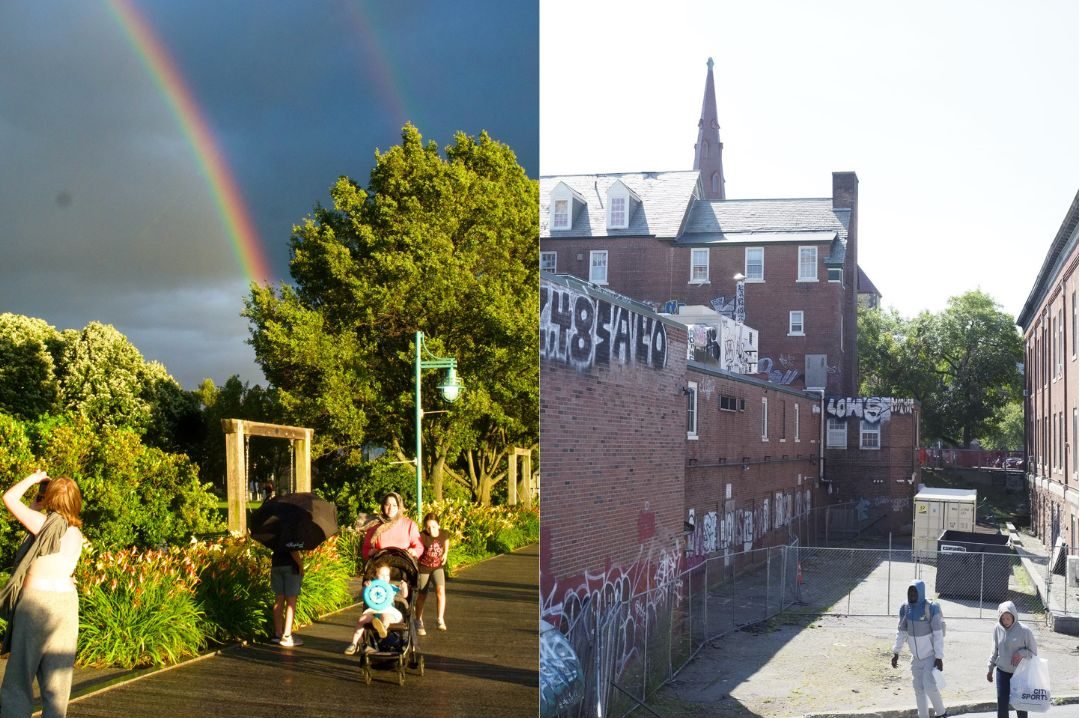
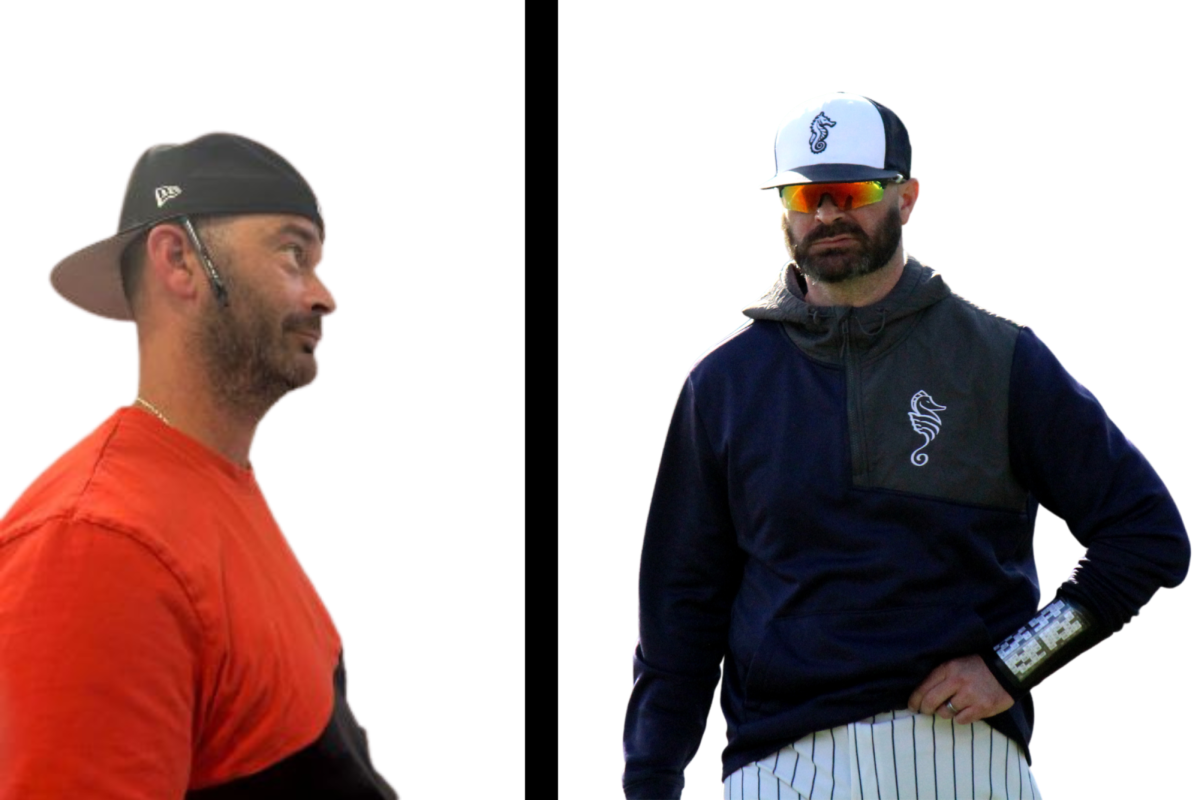
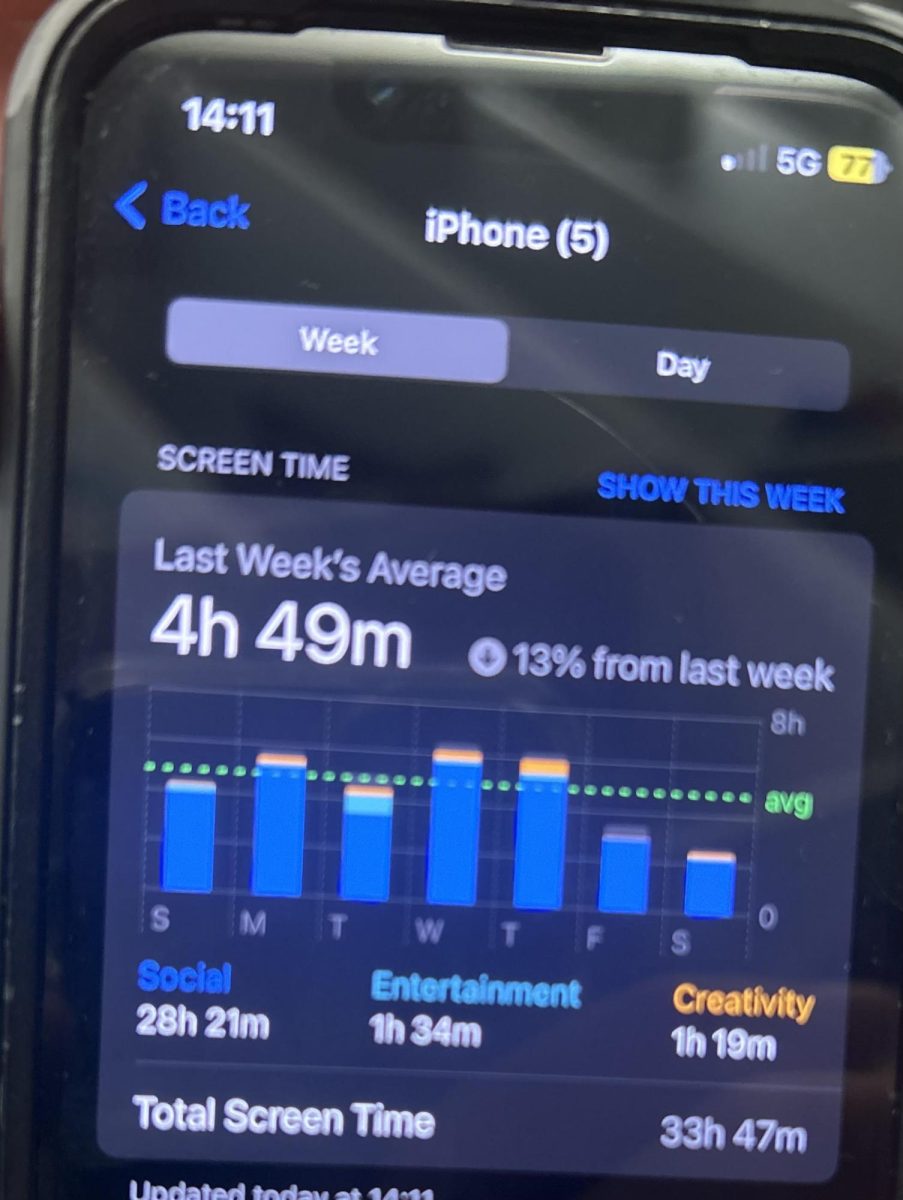
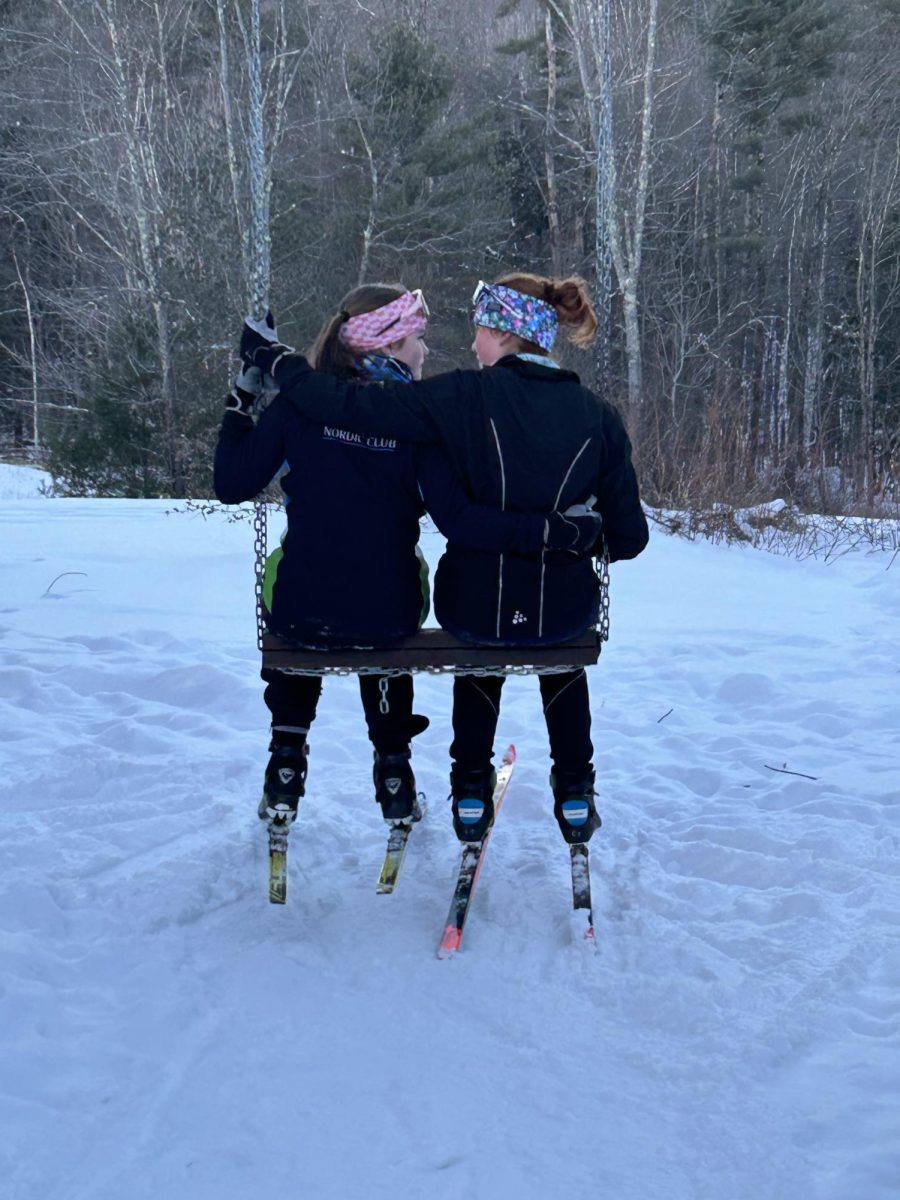
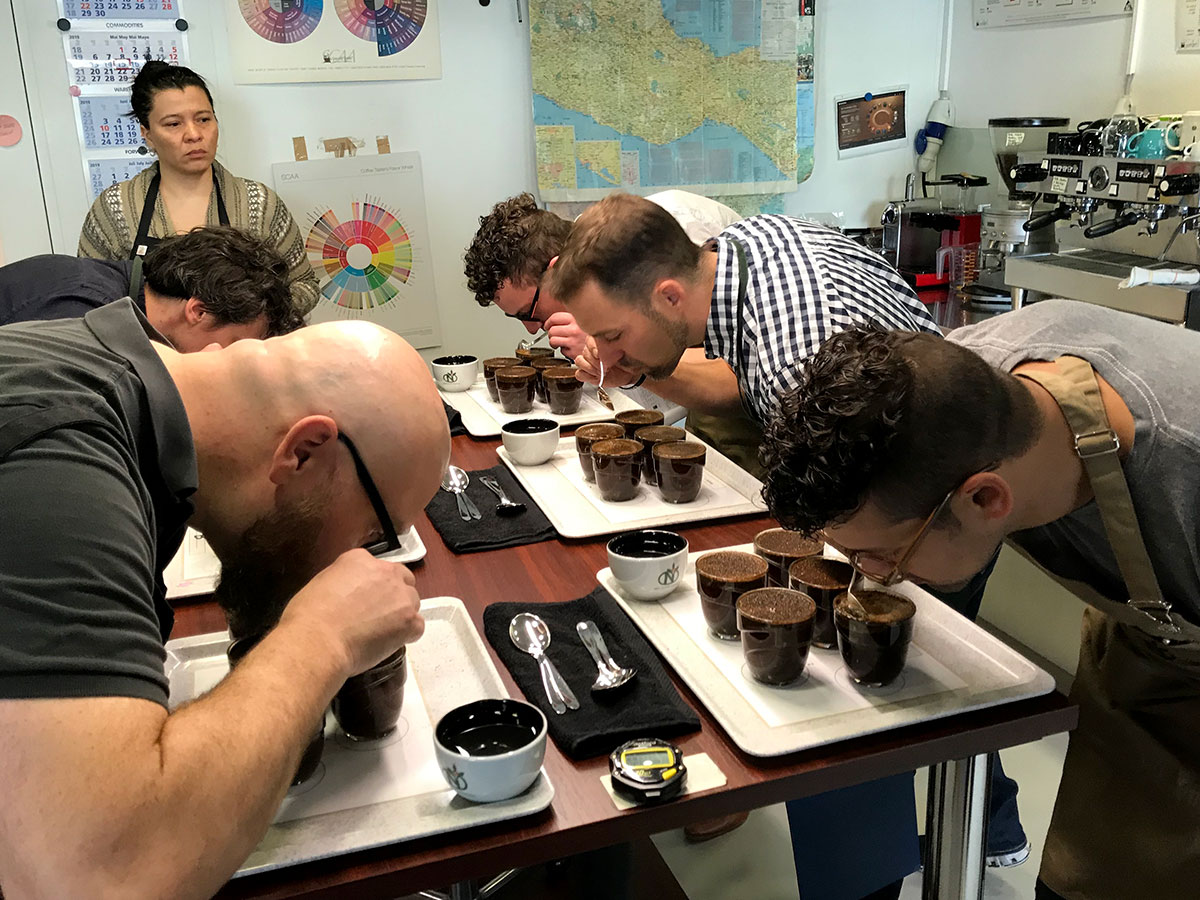

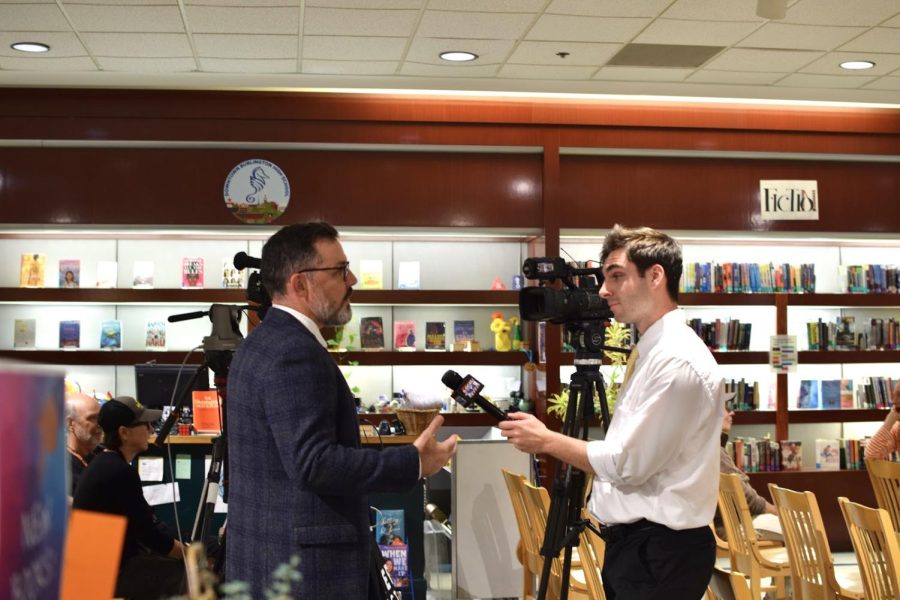
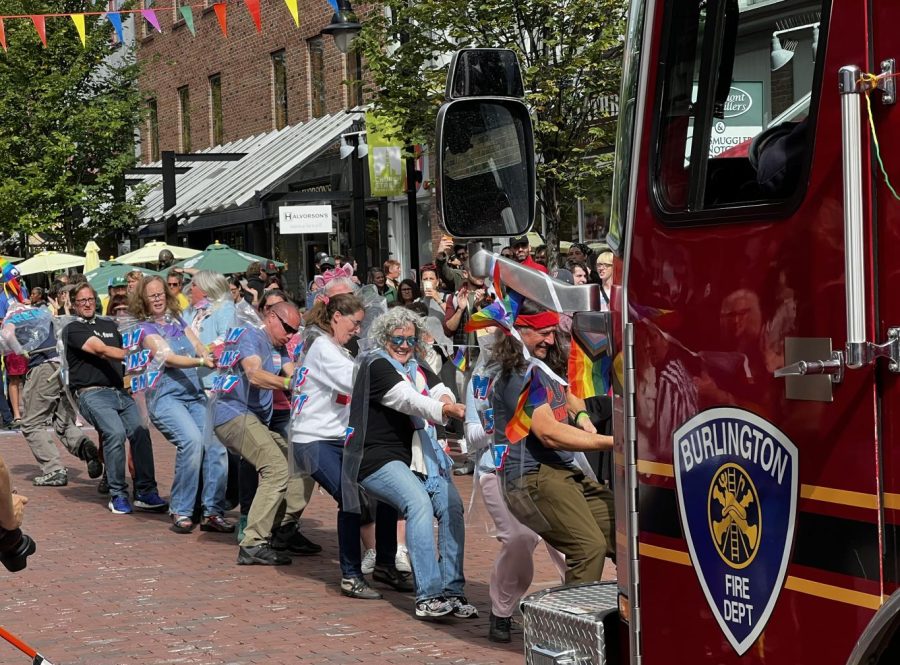
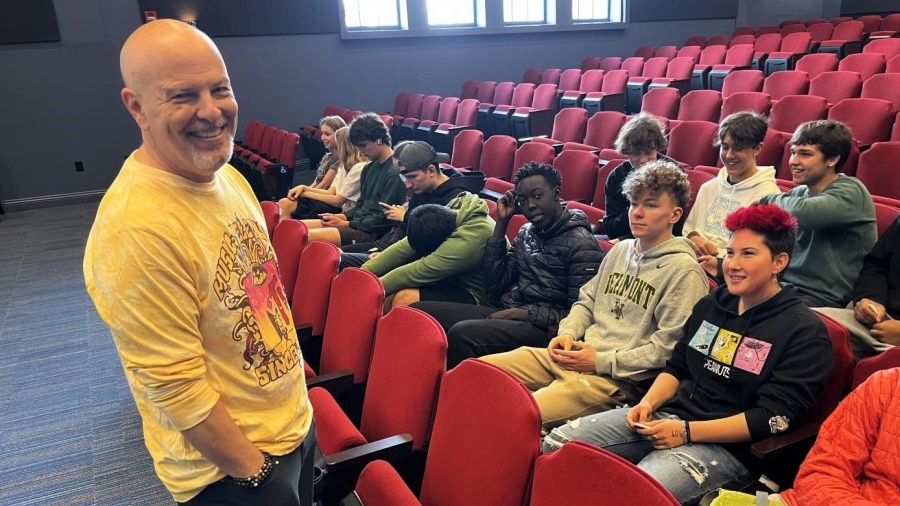

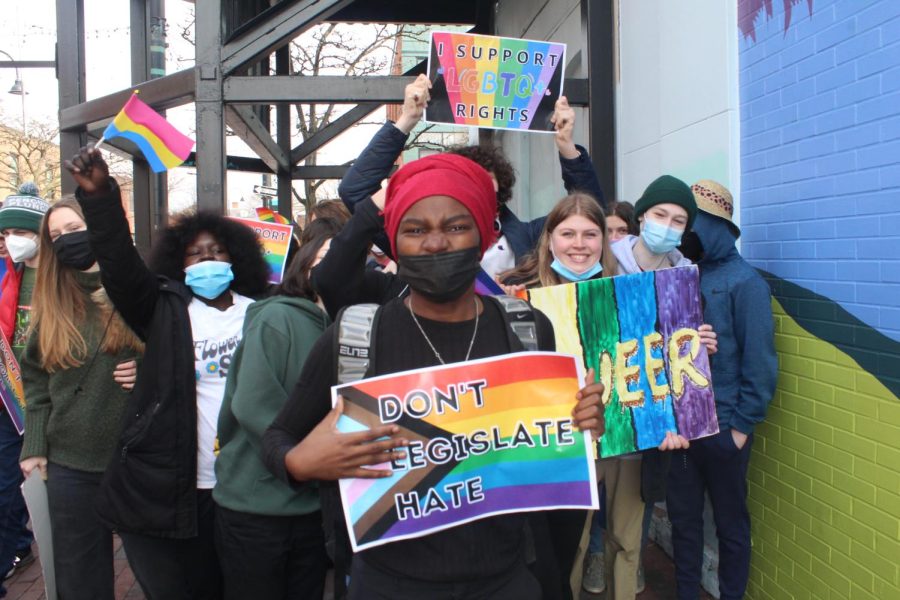
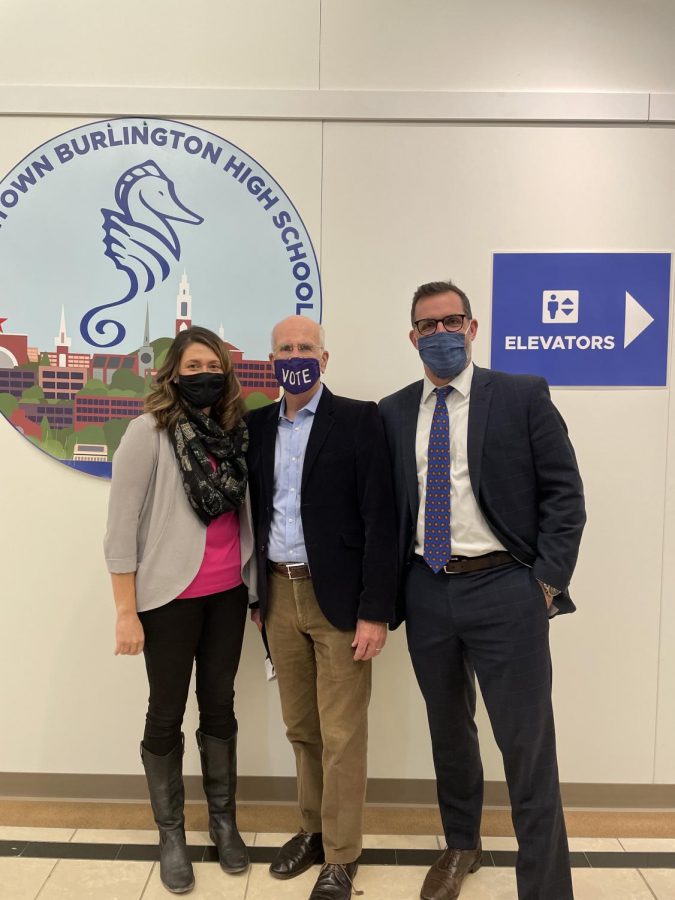
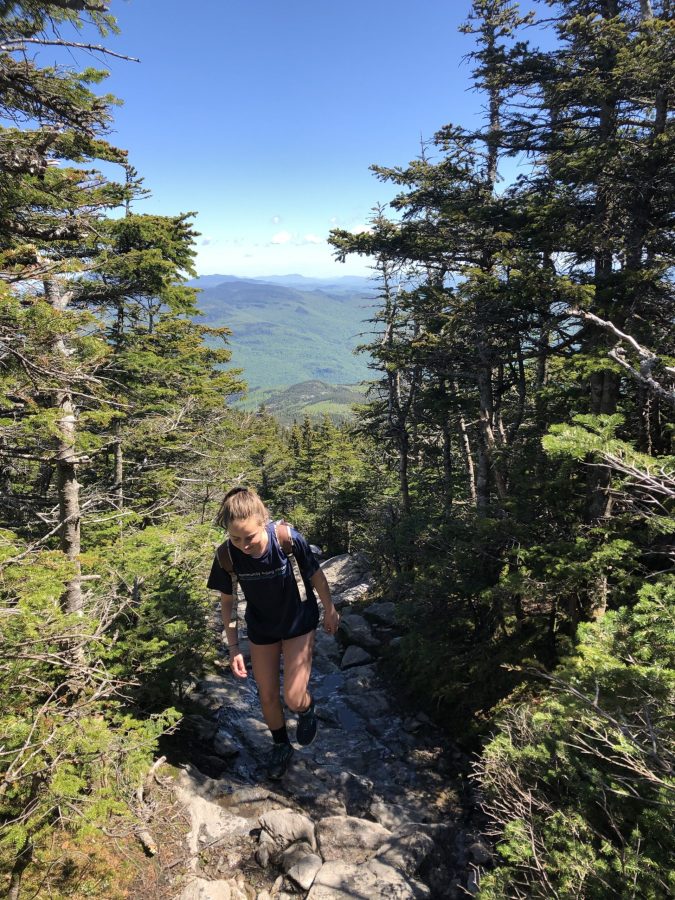
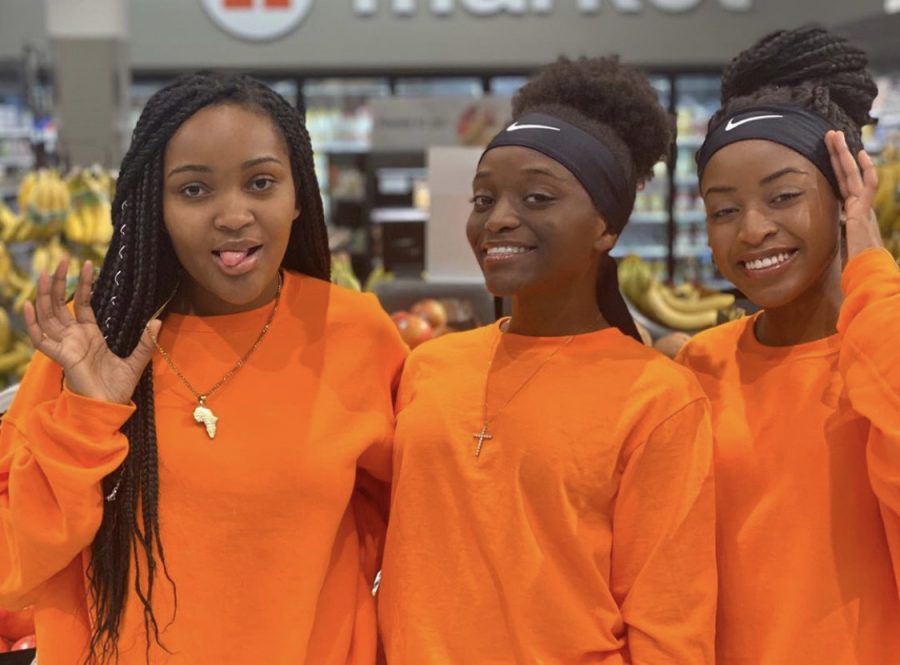
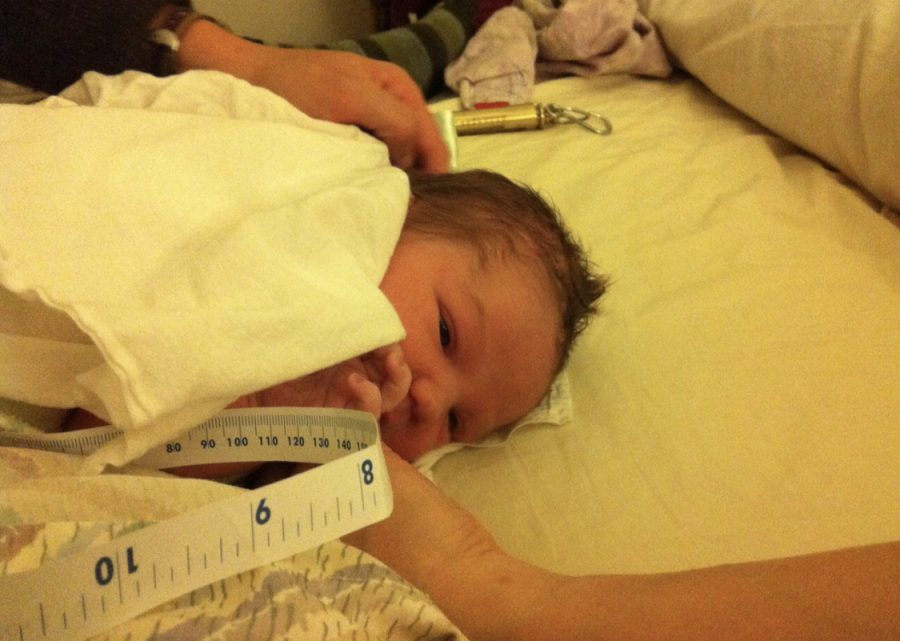

E.Morse • Apr 7, 2018 at 1:57 pm
I am so glad that other schools and students are having this conversation. The only way that a change can happen is with education and peer accountability. Well written, Summer.